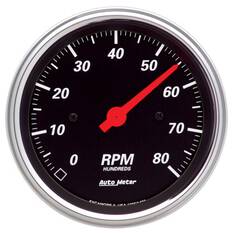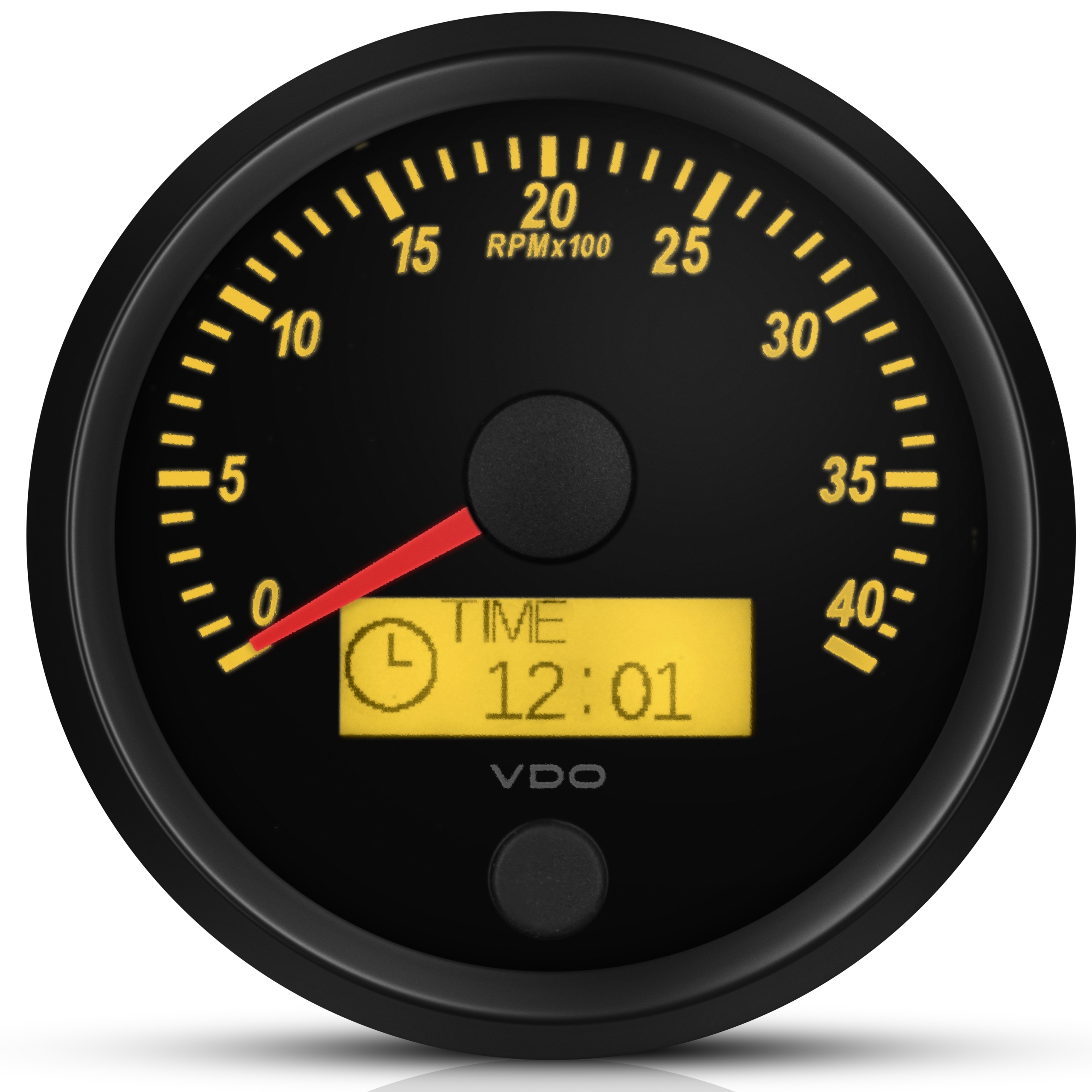Discover Exactly How a Tachometer Can Improve Your Automobile's Efficiency
Discover Exactly How a Tachometer Can Improve Your Automobile's Efficiency
Blog Article
The Relevance of a Tachometer in Keeping An Eye On Engine Speed and Efficiency in Automotive Applications
In the realm of automotive design, the tachometer stands as a crucial instrument in the vehicle driver's arsenal, providing a straight window into the inner operations of a vehicle's engine. Past its function as a simple scale of transformations per minute (RPM), the tachometer offers as an important device for fanatics and experts alike, providing real-time insights right into engine performance and health.
Importance of Keeping Track Of Engine RPM
Monitoring engine RPM, or revolutions per min, is a critical aspect of automotive upkeep and performance evaluation. Engine RPM straight associates with the speed at which the engine's crankshaft turns, showing just how promptly the engine is running.
Additionally, keeping track of engine RPM is important for performance assessment in racing and high-performance automobiles. In summary, checking engine RPM is not only essential for spotting problems but additionally for enhancing engine efficiency in numerous auto applications.

Advantages of Real-Time Data
In auto applications, real-time data plays an important role in providing immediate insights right into the efficiency and condition of the lorry. By continually keeping an eye on different criteria such as engine rate, temperature level, gas intake, and much more, real-time information uses various advantages that contribute to boosted effectiveness and security when traveling.
In addition, real-time data promotes efficiency optimization by providing prompt comments on driving behaviors and engine effectiveness. Drivers can readjust their behavior in real-time based on this details to achieve far better gas economic climate and extend the life-span of their vehicle.

Furthermore, real-time information plays an important duty in modern automobile diagnostics, making it possible for service technicians to quickly identify and address malfunctions. This brings about reduced downtime, reduced upkeep costs, and eventually, boosted overall automobile integrity and longevity (tachometer). By using the power of real-time data, automobile stakeholders can make enlightened choices that positively affect both the efficiency and long life of the vehicle
Effect on Equipment Shifts
Reliable equipment shifts in automotive applications substantially affect overall performance and driving experience. The tachometer plays an important function in enhancing equipment changes by giving real-time engine rate data to the motorist. When approaching the redline on the tachometer, it indicates the chauffeur to upshift to stop over-revving the engine here and creating prospective damage. On the other hand, downshifting at this post the appropriate minute can assist maintain the engine in its power band, ensuring responsive velocity when required.
Furthermore, the tachometer aids in achieving smoother equipment shifts, especially in hands-on transmissions. By keeping track of engine speed, drivers can execute equipment changes at the ideal RPM range, reducing snagging movements and reducing wear on the transmission parts. This accuracy in gear changes not just improves driving comfort but additionally adds to fuel efficiency.
Enhancing Gas Effectiveness
Given the crucial function the tachometer plays in optimizing gear shifts for performance and engine health and wellness, it straight adds to maximizing fuel performance in vehicle applications. By giving real-time feedback on engine speed, the tachometer helps vehicle drivers in keeping the most effective RPM array for gas economic climate. When vehicle drivers consistently keep an eye on the tachometer and change their driving behaviors appropriately, they can stay clear of unneeded fuel intake brought on by over-revving or carrying the engine.
Additionally, the tachometer aids vehicle drivers recognize the most fuel-efficient gear to be in at any given moment, avoiding the engine from working more difficult than needed. In final thought, the tachometer offers as a useful device in boosting gas performance by advertising optimum driving habits and identifying areas for improvement in the vehicle's performance.

Maximizing Engine Longevity
The tachometer's function in monitoring engine rate and performance is crucial in guaranteeing the long life of automobile engines. Monitoring the tachometer enables drivers to stay within the advised RPM range for their lorry, additional info avoiding unneeded strain on the engine and prolonging its life-span.

Final Thought
Finally, the tachometer plays an important function in monitoring engine speed and performance in automotive applications. By providing real-time information on RPM, it enables effective equipment changes, enhanced fuel effectiveness, and optimized engine durability. This tool is essential for keeping optimum engine efficiency and making certain the general performance of a vehicle.
Report this page